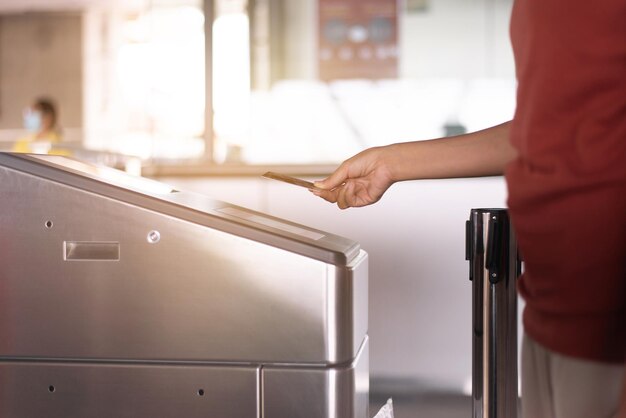Mastering Refrigerator Maintenance: A Comprehensive Guide to Resetting Your Thermostat
If you've ever found yourself puzzled by a fridge that's too warm or mysteriously icing over, you're not alone. The refrigerator is one of the most essential appliances in our homes, and yet, understanding its quirks can sometimes seem like decoding an enigma. One common solution to various temperature-related woes? Resetting the thermostat. This guide will walk you through the process, providing you with practical insights and helpful tips to ensure your fridge stays in optimal condition.
🔍 Understanding Your Refrigerator Thermostat
What Does the Thermostat Do?
The thermostat controls the temperature inside your refrigerator and freezer. By adjusting the thermostat, you can ensure that your food stays fresh and safe for consumption. It functions by signaling the compressor when to cycle on and off to maintain the set temperature.
Signs Your Thermostat Needs Resetting
- Fluctuating Temperatures: If your fridge alternates between too cold and too warm, it may indicate that the thermostat is malfunctioning.
- Overcooling: Finding ice or frost in the refrigerator section can be a sign that the thermostat needs a reset.
- Defrosting Issues: Ongoing defrosting problems might stem from thermostat irregularities.
🛠️ Resetting the Refrigerator Thermostat
Step-by-Step Guide
- Safety First: Unplug your refrigerator to avoid any electrical hazards. This ensures you're working in a safe environment when accessing the thermostat.
- Locate the Thermostat: Depending on your refrigerator model, the thermostat can usually be found inside the fridge section. It's often located near the back, top, or behind an access panel.
- Adjust the Temperature Settings: Turn the thermostat dial to the lowest or "off" position and wait for 5–10 minutes.
- Reset and Set Desired Temperature: After the waiting period, turn the dial back to your preferred temperature setting, typically around 37°F (3°C) for the fridge and 0°F (-18°C) for the freezer.
- Plug the Refrigerator Back In: Reconnect the power and allow some time for the temperature to stabilize.
Additional Tips
- Check Thermostat Dial: Sometimes, a loose or defective dial can give inaccurate readings. Ensure it’s properly attached and functioning.
- Assess Mechanical Problems: While resetting can fix minor issues, persistent problems might require mechanical inspection by a professional.
🌡️ Optimizing Refrigerator Efficiency
Correct Temperature Settings
Maintaining the right temperature is crucial. A refrigerator should be set between 35-40°F (1.7-4.4°C) to keep perishable food fresh without freezing them.
Arranging Ingredients for Efficiency
- Top Shelves: Store ready-to-eat foods like leftovers and drinks.
- Lower Shelves: Ideal for storing raw ingredients such as eggs and fresh meat.
- Crisper Drawers: Perfect for fruits and vegetables, which need a slightly higher humidity.
Regular Maintenance Checks
- Clean Condenser Coils: Dust and debris on coils can prevent efficient cooling.
- Inspect Door Seals: Ensure the rubber seals are clean and creating a tight closure.
- Regularly Defrost Freezer: Especially important in older models to prevent ice buildup.
🔄 When to Seek Professional Help
Despite your best efforts, some thermostat problems can persist, indicating deeper mechanical issues. Here’s when to call a professional:
- The fridge remains warm despite correct settings.
- Strange noises persist, indicating potential mechanical failures.
- Continuous frost buildup despite resetting.
📋 Quick Reference: Refrigerator Maintenance Checklist
Here's a handy summary to keep your refrigerator's thermostat in top shape:
📌 Monthly Check:
- Inspect door seals for gaps or cracks.
- Clean dust off the condenser coils.
- Verify thermostat settings and adjust as needed.
⚡ Quarterly Check:
- Defrost the freezer (if manual).
- Check thermostat for responsiveness.
🔧 Annual Check:
- Have a professional inspection to catch potential issues early.
🤔 Can You Adjust the Thermostat Yourself?
While it might seem daunting at first, adjusting or resetting your refrigerator's thermostat is a straightforward task most can handle without professional help. Understanding the basics of your appliance can save you both time and money in the long run.
Insights on Refrigerator Thermostat Longevity
Maintaining your refrigerator’s thermostat can extend the device's longevity, reduce utility bills, and prevent food spoilage. By regularly checking and resetting the thermostat, along with routine cleaning, you can ensure that your refrigerator remains reliable for years to come.
By following these guidelines, you'll not only master the art of resetting your refrigerator thermostat but also maintain a consistently efficient kitchen environment. Remember, a well-maintained refrigerator ensures that your food stays fresh and safe, enhancing the quality of daily life. So next time your trusty appliance goes haywire, you'll know just what to do!
